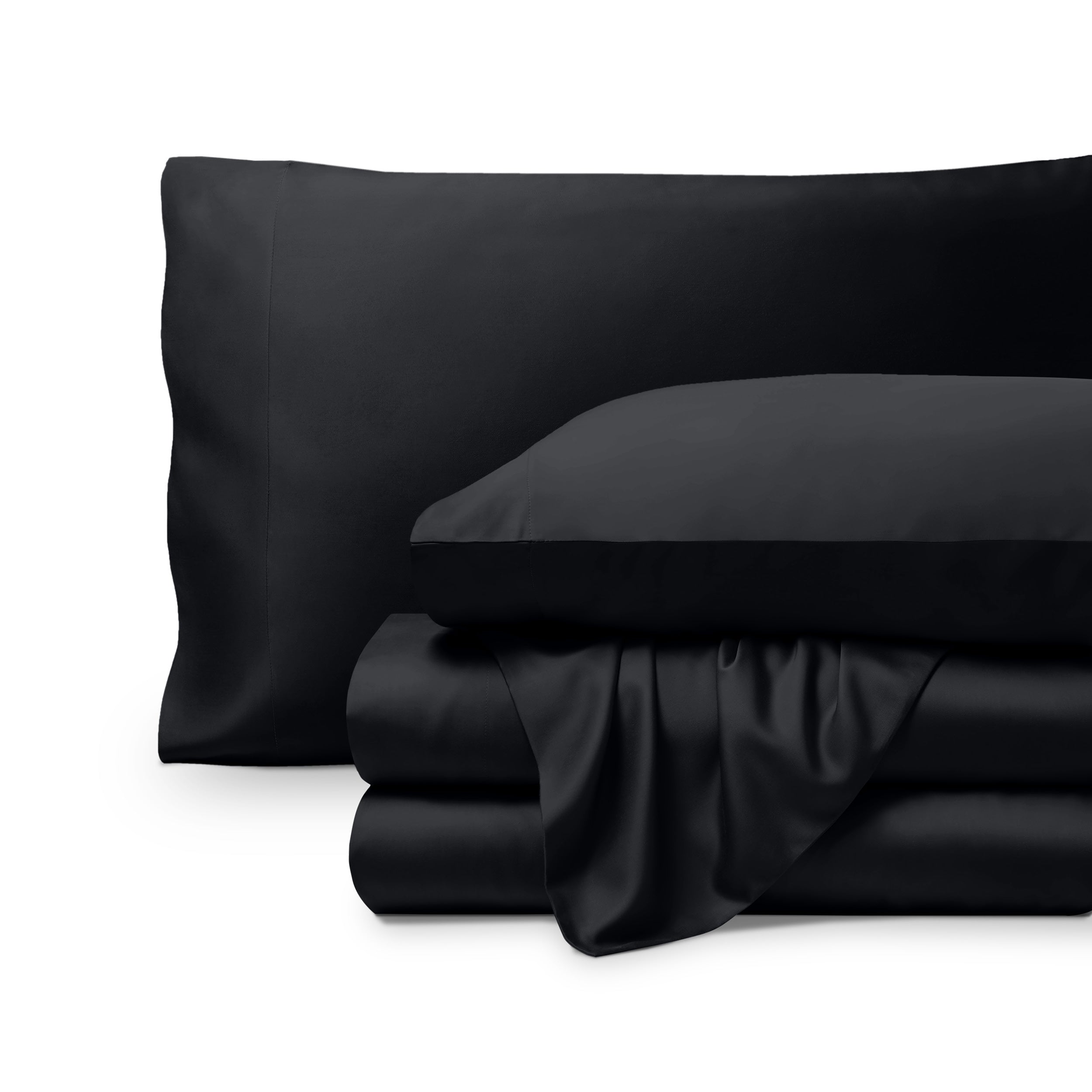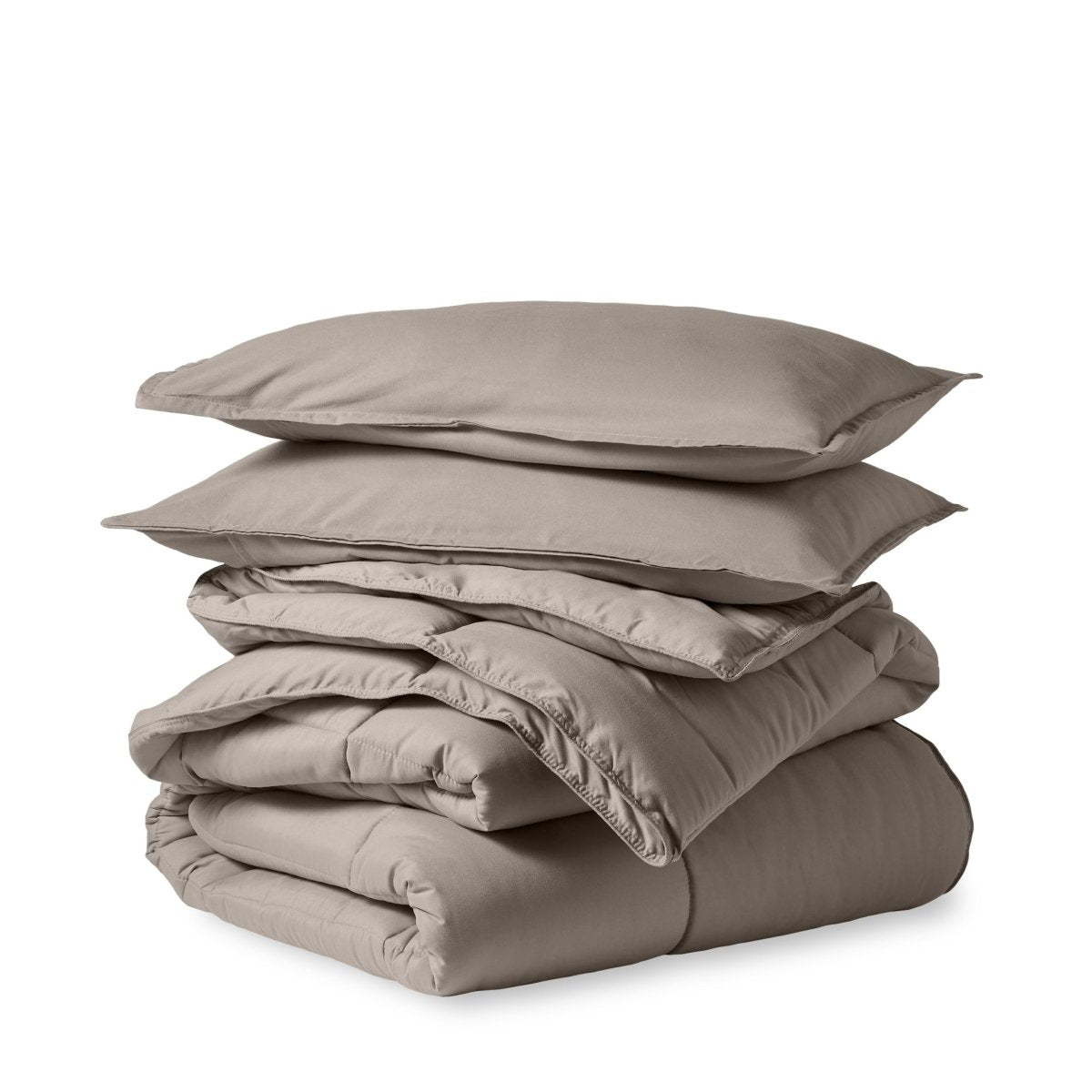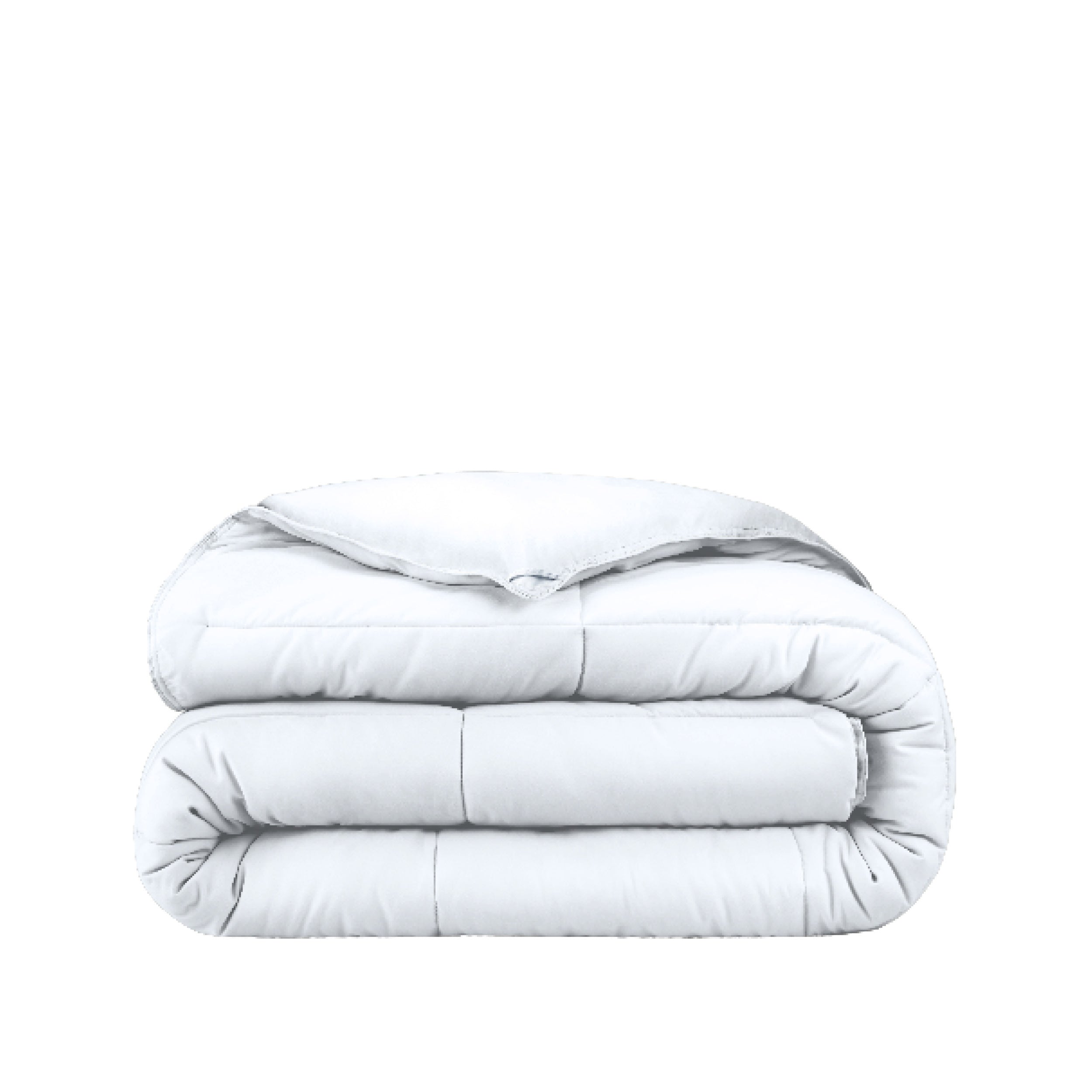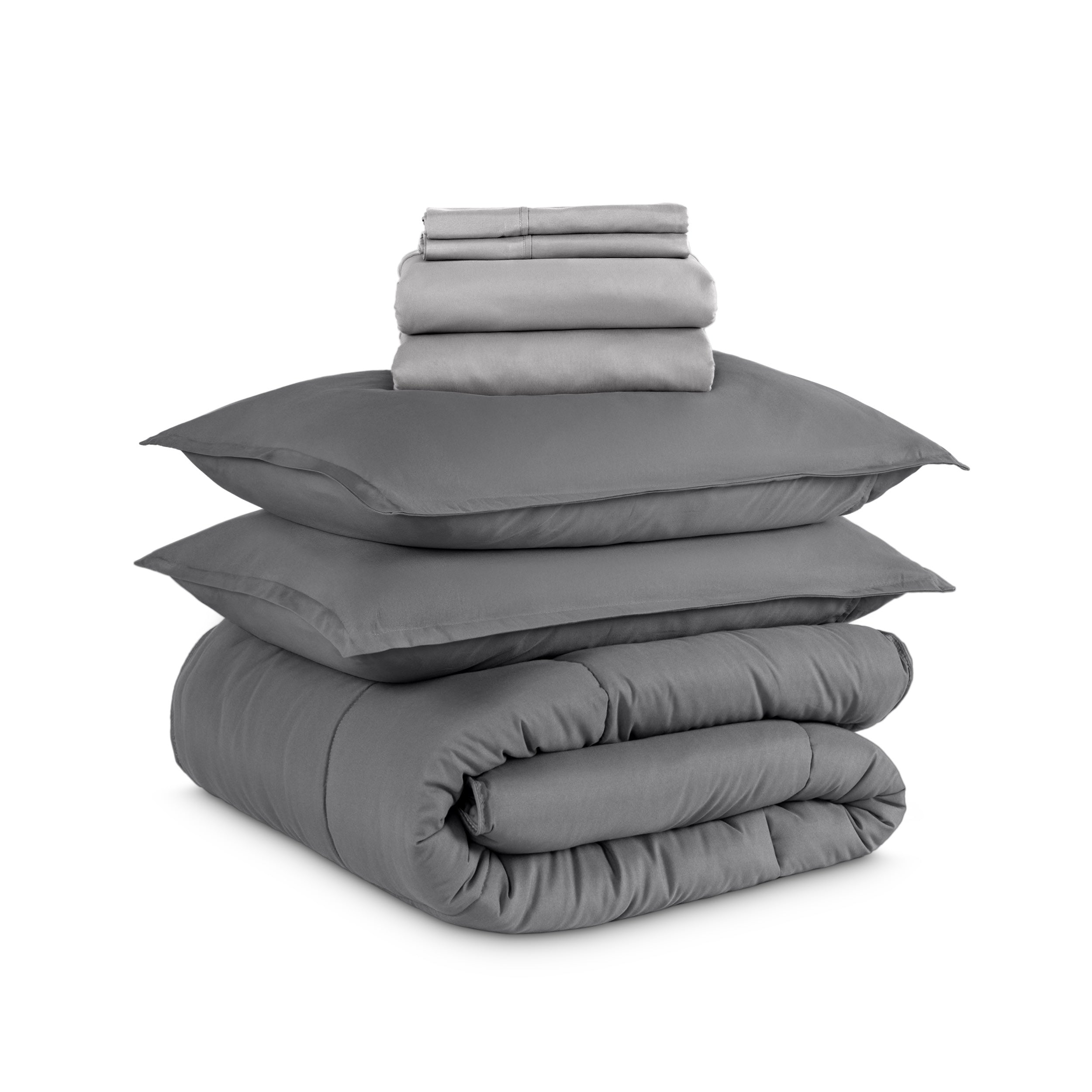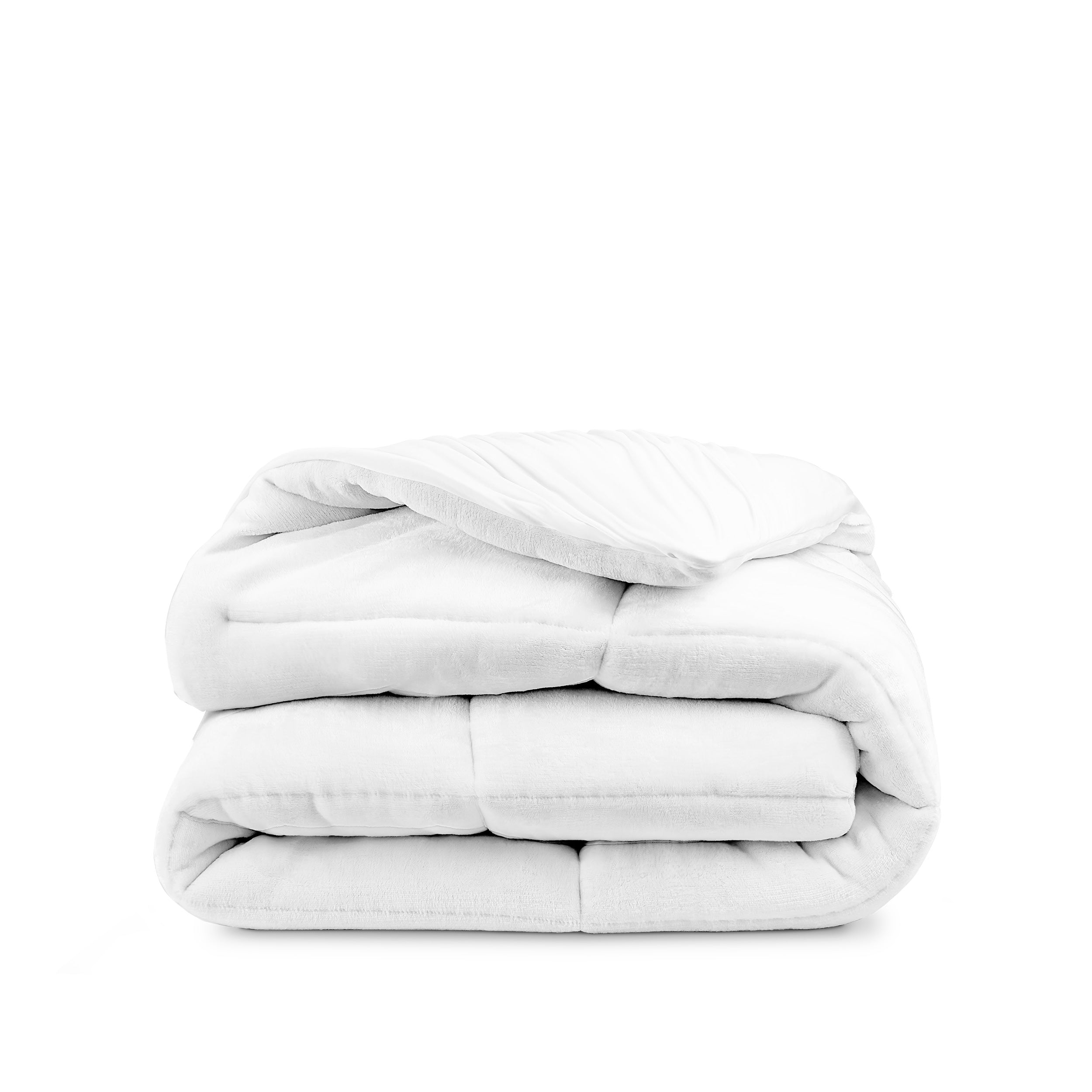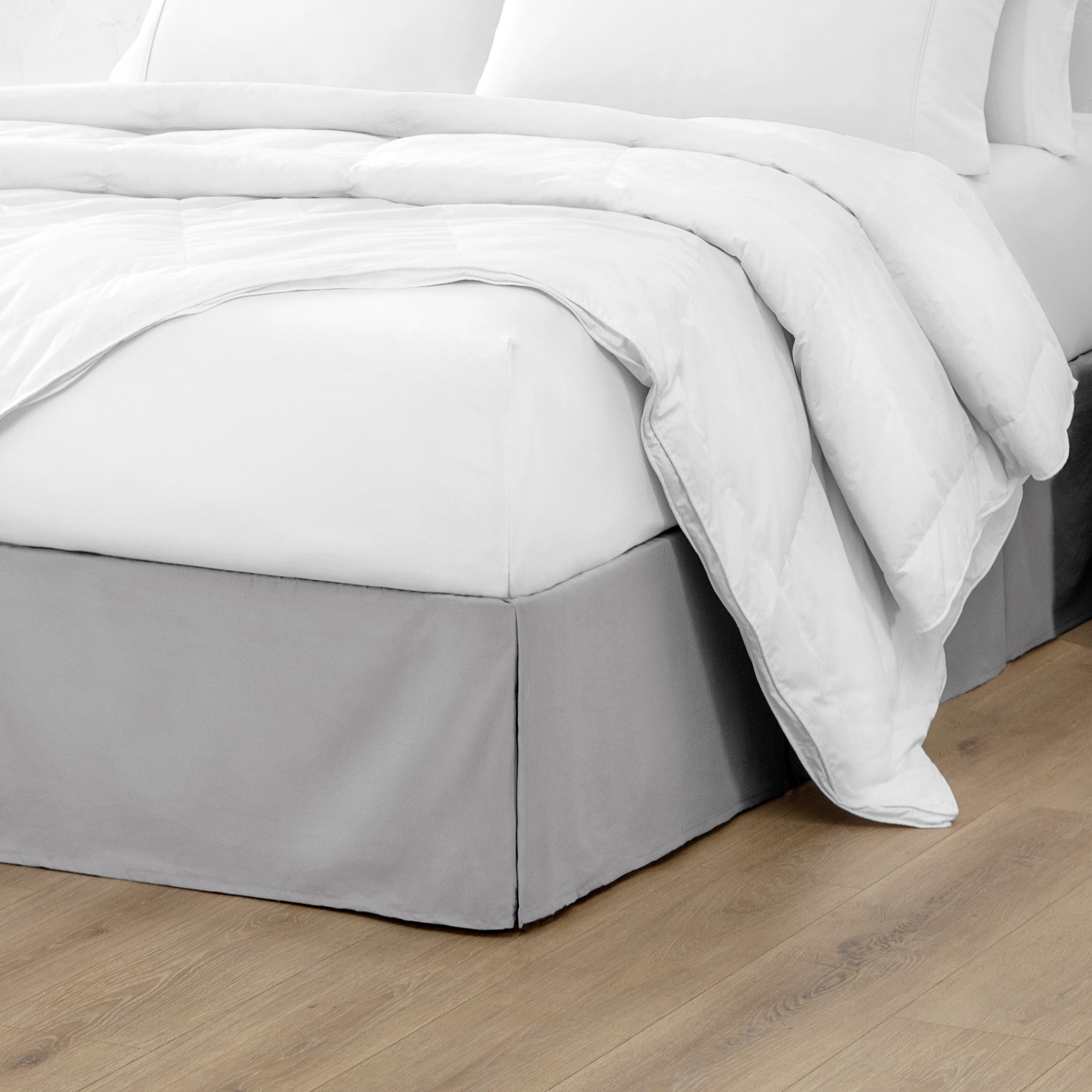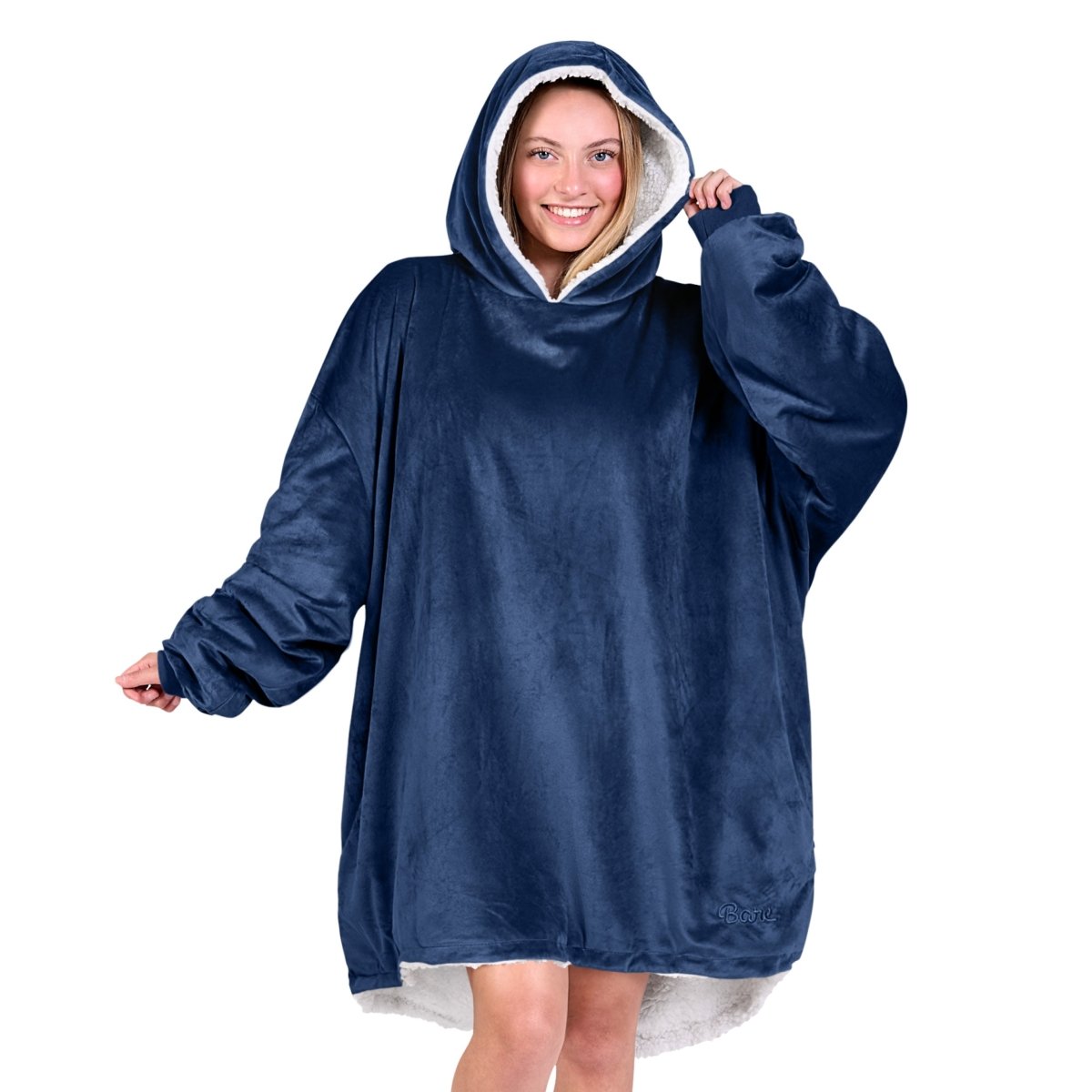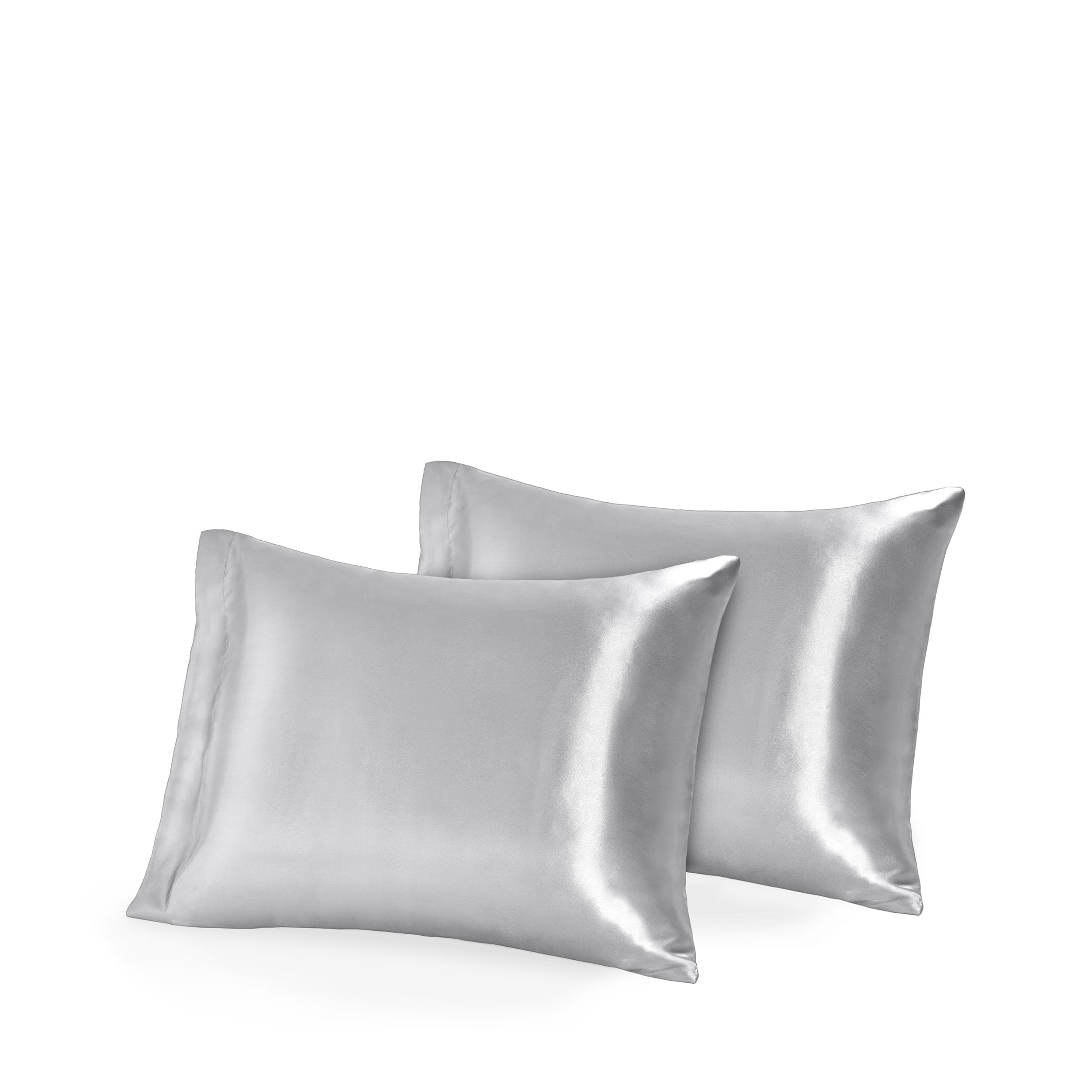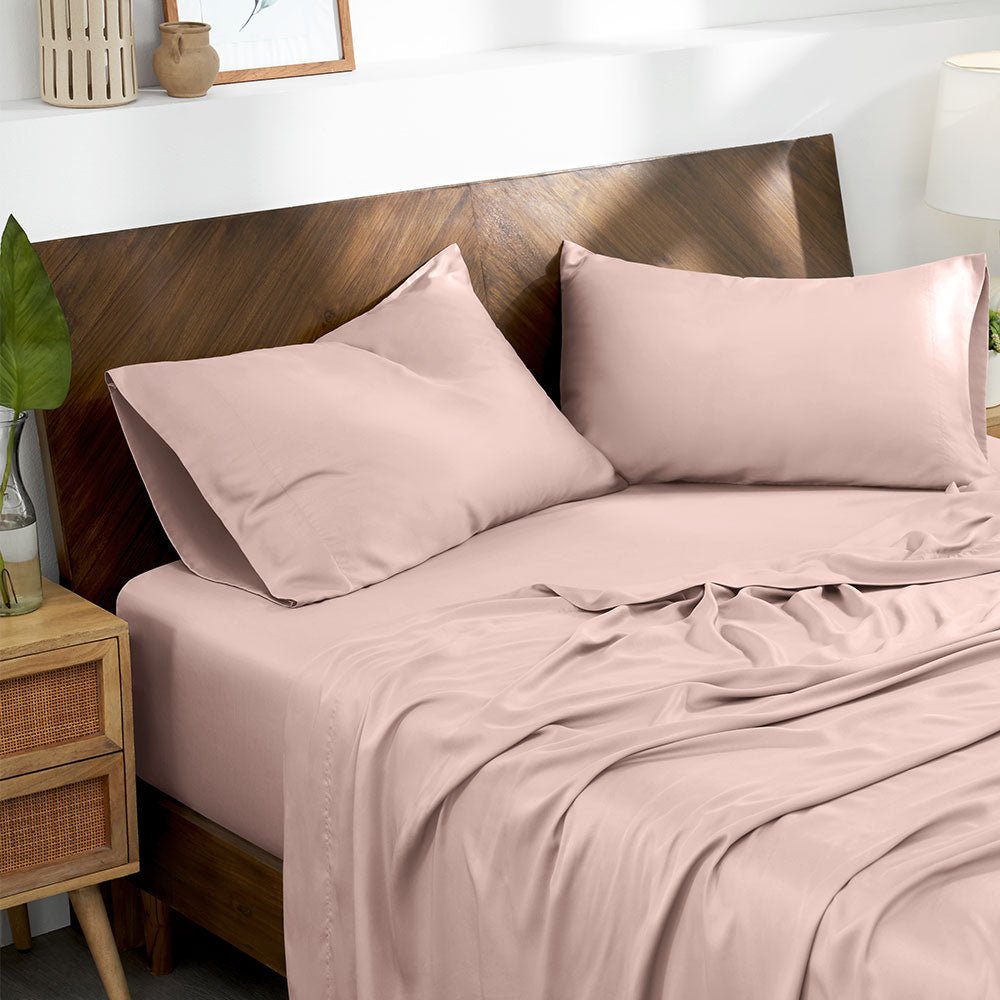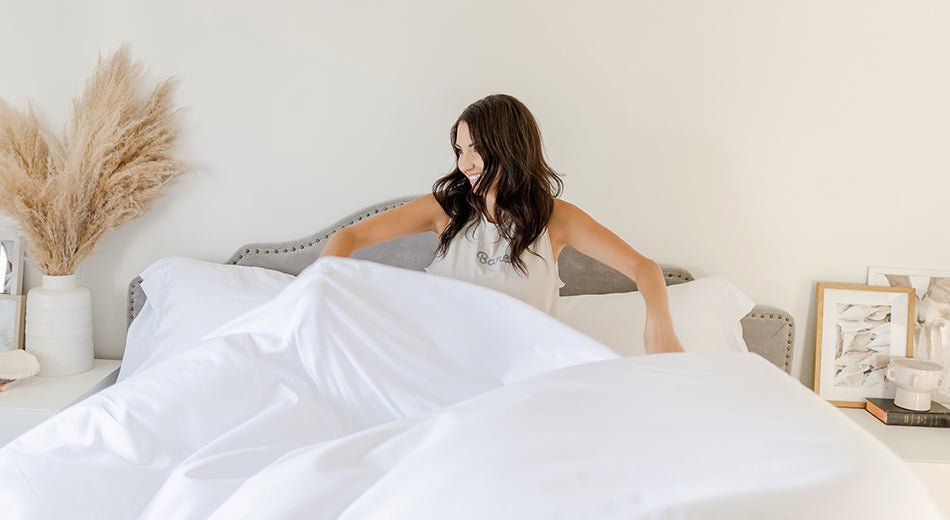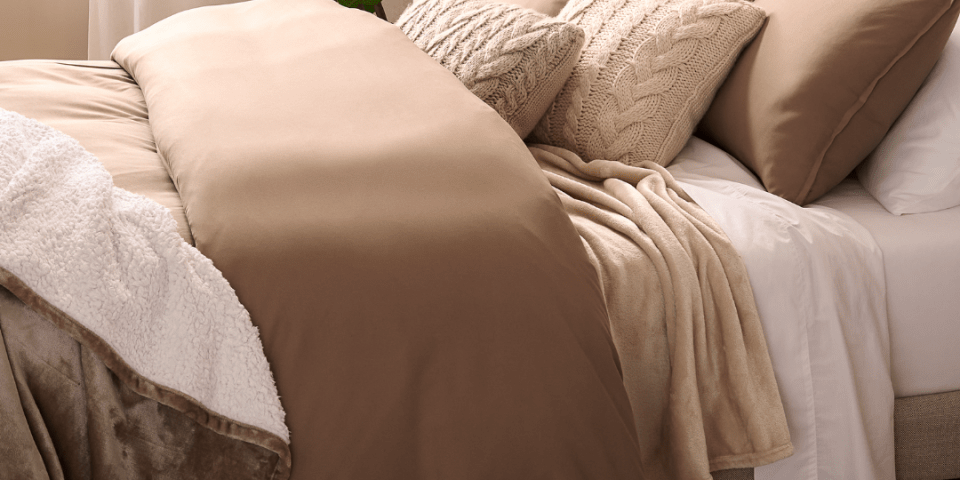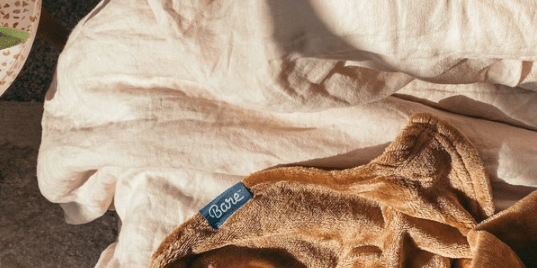If you're one of the many people who suffer from allergies, skin sensitivities, or respiratory issues, finding bedding that doesn't aggravate your symptoms can be a challenge. In this post, we'll look at which bedding is hypoallergenic and share some tips for finding the right materials for you. Stay comfortable and symptom-free while getting a good night's sleep all year long with these helpful tips!

What Does "Hypoallergenic" Mean, Anyway?
"Hypoallergenic" is a term that is used to describe products that are less likely to cause an allergic reaction, or that suppress exposure to environmental allergens. It can refer to fabrics that are made from naturally hypoallergenic fibers such as cotton, or fabrics that are constructed to block or repel the accumulation of allergens.
Hypoallergenic fabrics can help to reduce the symptoms of allergies either by blocking allergens from the skin or by preventing them from being inhaled. They are often used in medical settings, such as hospitals, to reduce the risk of a reaction. However, it is important to note that no fabric is completely hypoallergenic, and proper laundering is required to remove any trapped allergens.

The Biggest (Little) Culprits - Dust Mites & Mold Spores
Dust mites and mold are two of the most common allergens found in your bed. Dust mites are tiny insects that thrive in warm, moist environments. They feed on dead skin cells and are often found in mattresses, pillows, and blankets. Mold is a type of fungus that grows in damp, dark areas. It can release spores into the air, which can cause allergic reactions in people who are sensitive to them.
Unfortunately, your mattress and pillows are prime environments for both dust mites and mold. If you have allergies, it's important to keep your bedding clean and free of these allergens. Read on to find out what you can do today to create a healthier, allergy-free sleep environment.

Material Concerns
If you are looking to allergy-proof your bed, buying hypoallergenic sheets is a great place to start. But with so many different fabrics on the market, it can be difficult to know which one is right for you.
Choose Naturally Hypoallergenic Fabrics
One way to reduce your exposure to allergens is to choose bed sheets made from natural fibers such as silk, linen, or cotton. Silk and cotton are both hypoallergenic materials that are unlikely to cause allergy symptoms in most people. All three materials are less likely to harbor dust mites and other allergens than synthetic fabrics. In addition, they are all-natural fabrics that allow your skin to breathe and wick away night sweats, preventing moisture buildup and inhibiting mold growth.
Bedding that Blocks Allergens
When choosing sheets, most people focus on the fabric content. However, there are other factors to consider if you have allergies or sensitivities. If you're looking for hypoallergenic sheets, it's important to choose a fabric that has a tight weave. This will help to prevent dust and other allergens from getting trapped in the fabric. The thread count is also important, as a higher thread count means that there are more threads per square inch, creating a larger barrier.
Microfiber sheets are made of tightly woven synthetic fibers that are highly resistant to dust mites and other allergens. They are also significantly cheaper than most hypoallergenic options on the market and are very easy to clean. However, some people find that microfiber sheets are not as breathable as those made from natural fabrics. Overall, microfiber sheets are a good option for people with allergies, but they may not be the best choice for everyone.
Beware of Chemical Additives
When most people think about allergies, they think of hay fever or seasonal allergies. But allergies can affect different parts of the body in different ways. For example, people with skin allergies may have reactions to certain fabrics or dyes. And for people with respiratory allergies, chemicals in household products can be a trigger.
That's why it's important to use sheets without harmful chemicals, especially for people who suffer from allergies or have sensitive skin. Sheets made with natural fibers like cotton are less likely to irritate and are more breathable than synthetic fabrics. In addition, avoiding sheets treated with harsh chemicals can help to reduce the risk of skin reactions and respiratory problems.
How can you be sure that your bedding was made without these toxins? Simply look for the OEKO-TEX or GOTS labels. Read more about OEKO-TEX and GOTS certifications on our blog.

Don't Forget Your Pillow and Comforter
For allergy sufferers, finding the right kind of pillow and comforter fillings can make a huge difference. feather and down are popular choices for pillows and comforters, but they can also be a major source of allergens. Instead, consider using a hypoallergenic pillow and comforter filling.
There are a variety of hypoallergenic fillings available, including synthetic options like polyester and memory foam. These materials are less likely to trigger allergies, and they can also be easier to clean than natural fillings.
Just like with sheets, choose a pillow or comforter with a tightly woven shell to prevent allergens from accumulating. By taking these steps, you can create a more allergy-friendly bedroom environment.

Allergy-Proof Your Sleeping Environment
Wash Your Mattress Pad & Sheets Regularly
Most people spend about a third of their lives asleep, so it's important to make sure your bedding is clean and comfortable. Unfortunately, even if you practice good sleep hygiene, your sheets and pillowcases can quickly become covered in sweat, dust, and other allergens.
To keep your bedding fresh and clean, wash your sheets and pillowcases in hot water at least once a week. If you have sensitive skin, look for laundry detergents that are free of dyes and fragrances. You may also want to add an extra rinse cycle to remove any lingering detergent residue.
For best results, line dry your bedding or use wool dryer balls to remove static instead of dryer sheets. With a little care and effort, you can keep your bedding looking and feeling like new.

Invest in an Air Purifier
Air purifiers are becoming an increasingly popular way to improve indoor air quality. While they cannot eliminate all contaminants from the air, they can significantly reduce levels of mold spores, dust mites, and other allergens. Here are some things to consider to make sure you find the right air purifier for your needs.
When purchasing an air purifier, look for a model with high CADR ratings. The CADR rating measures a unit's ability to remove specific airborne particles, and higher ratings indicate better performance. In addition, choose a unit that is designed for the specific needs of your home. For example, if you have pets, look for a unit that includes a HEPA filter to trap pet dander.
Finally, it is important to choose a unit with enough power to effectively purify the air in your home. Otherwise, you may not see the desired results. By taking the time to select the right air purifier for your needs, you can combat allergies as well as enjoy improved indoor air quality.

Use a Vacuum Cleaner with a HEPA Filter
One of the best ways to combat allergens is to use a vacuum cleaner with a HEPA filter. HEPA stands for high-efficiency particulate air, and these filters are designed to trap even the smallest particles. By vacuuming your mattress and pillows with a HEPA-filtered vacuum, you can remove most dust mites as well as the skin cells that they feed on.
Invest in Specialized Mattress and Pillow Covers
Studies have shown that dust mite covers can be an effective way to reduce exposure to these allergens. Anti-dust mite covers are made from tightly woven fabric that prevents the mites from getting through. They are available for both mattresses and pillows, and they can be found at most major retailers. When used correctly, dust mite covers can provide significant relief for allergy sufferers.
Consider Using a Dehumidifier
Dehumidifiers work by removing moisture from the air, creating an environment that is less hospitable for dust mites. They can also help by preventing the growth of mold and mildew in your home. As a result, using a dehumidifier is an effective way to reduce dust mites and improve the air quality in your home.

Conclusion
Sleeping with allergies doesn't have to be a drag. If you are looking for a way to minimize your allergic reactions, hypoallergenic sheets may be the answer. By using special materials that do not cause allergies, you can alleviate symptoms and improve your quality of life.
Dust mites and mold are some of the worst offenders when it comes to causing allergic reactions, so look for pillow and mattress covers made to block these allergens. You can also take steps to remove indoor allergens generally, such as by using an air purifier or dehumidifier. Thanks for reading!

